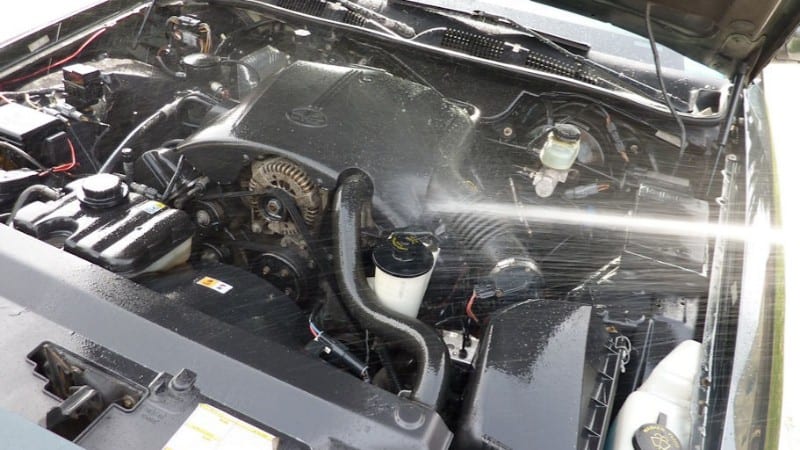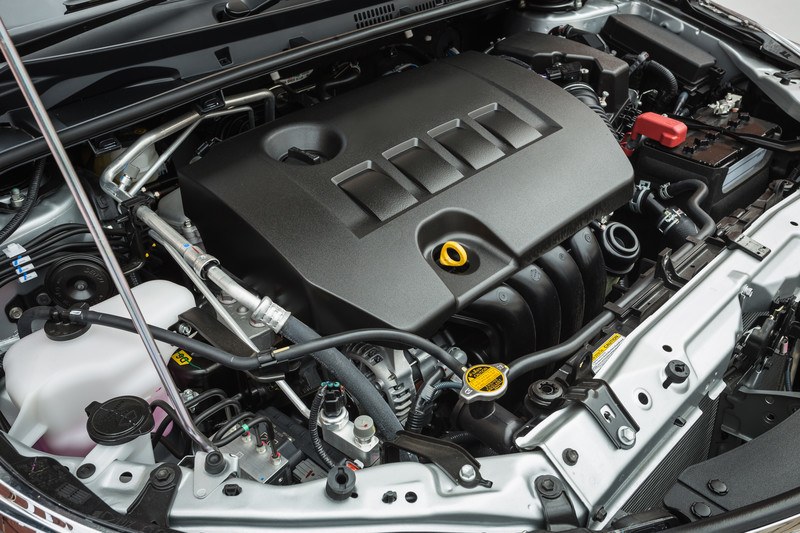
Learn how to properly wash the engine
After all, does motor washing at home possible or not? The answer is yes, but great care is needed, after all, any small slip or wrong cleaning can cause damage to the engine. So that you understand how to do an engine wash without problems, continue reading this article!
For those who like to take care of the car, it is not cool to see one of the most important parts of it dirty and dusty. But sometimes, the fear of washing the engine and causing problems is stronger and the engine remains unattended.
Is engine washing a risky procedure?
The fear of washing the engine comes from the old days, from carbureted cars. A few years ago, the car's engine was washed anyway, mainly at gas stations, with the famous water pressure hoses.
This type of engine wash caused the liquid to enter the distributor - a part that distributed the electric current to each engine spark plug - and the vehicle, consequently, stopped. Thus, it was recurrent that the car engine would not run after washing. The frequency of washing the wrong way could even cause greater damage and even blow up the car's engine.
With the arrival of electronic injection, the distribution systems have changed and these processes have been optimized. However, new technologies have also invaded specific engine compartments with electronic modules and water-sensitive electrical connectors. This means that care is still needed when doing an engine wash.
Back to the engine wash, we will now show you how to do it correctly and without damaging the vehicle's engine. Although there are specialized companies, this procedure is not very complex and can be done at home, if you want. Only a few cares are needed, as well as making homemade polishes , for example.
 Care before starting the engine wash
Care before starting the engine wash
The first part to be done to start the engine wash is to identify its vulnerable points, that is, everything that can be damaged if water enters with too much force.
The main ones are electronic modules and sensors, located next to the engine. Other points are attached to the rear panel of the engine, in continuation with the windshield.
For those who do not know all the electronic modules, these are the most relevant: electronic injection module, ABS module, body module, alternator, coil, relay box, in short, anyone that is connected to an electrical harness.
For those who intend to wash the engine using a water pressure machine, it is recommended to wrap all these parts with plastic bags, including the battery, so that none are directly affected by the water jet.
An important reminder: check that the engine oil replacement cap and the power steering reservoir cap are closed properly. This will ensure that no drops of water fall on them. Also pay attention to the engine oil dipsticks and the automatic transmission.
Another key issue is not to disconnect any battery connections. This can cause the loss of electronic module programming. If you want to clean the battery, do so at the end of the engine wash, with a contact cleaner. Thus, the problem will be solved and the car will not be at risk.
Do not use acidic products in the engine wash
Another very common mistake in engine washing is using products that can be aggressive to the car's engine. Solvents, washing powder, petroleum based degreasers or kerosene can react and cause serious problems in the sealing rubbers, in addition to drying the hoses and belts .
These degreasers, after all, when mixed with water remove lubrication from bearings, like belt tensioners. This, within a few days, will generate very high-pitched noises due to wear and tear. Stay away from these types of products when doing the engine wash.
So, which products to use for engine washing? When performing the engine wash, use homemade detergents or specific products for automotive cleaning. They can be found easily at car and auto parts stores, at prices that are worth it, jump to www.automobileremedy.com for further details about it.
When performing the engine wash, use homemade detergents or specific products for automotive cleaning. They can be found easily at car and auto parts stores, at prices that are worth it, jump to www.automobileremedy.com for further details about it.
Step by step for engine washing
To wash your car's engine correctly, apply the chosen cleaning agent on the engine and let it act for a while, until the dirt is completely dissolved. Then apply the water very carefully, avoiding strong jets directly on the engine. If possible, use a bucket to save water and do your engine washing smoothly.
If this procedure is not enough, a nylon brush will help to remove the heaviest dirt and that which is in the most difficult corners. Thus, the engine wash will be complete and you will be satisfied!
So, did you take your doubts about how to do an engine wash without fear and headaches? Share our article with your friends and ensure your car is protected!
© Copyright Blog